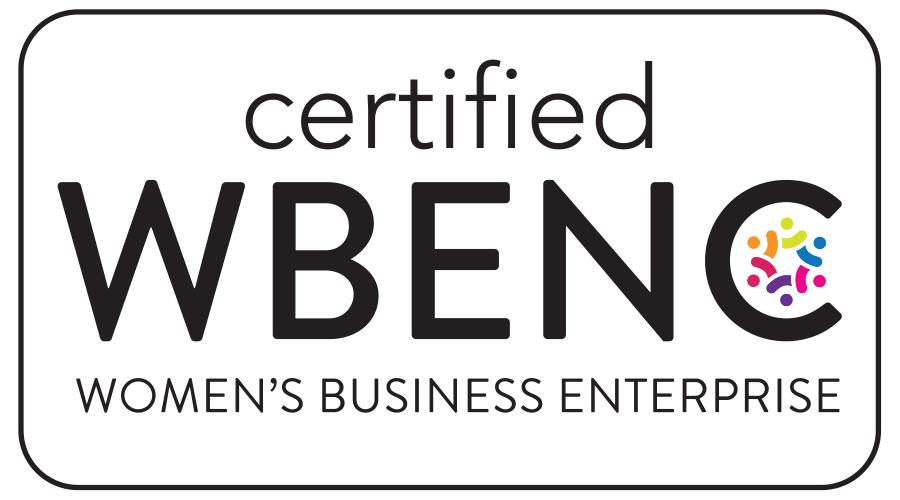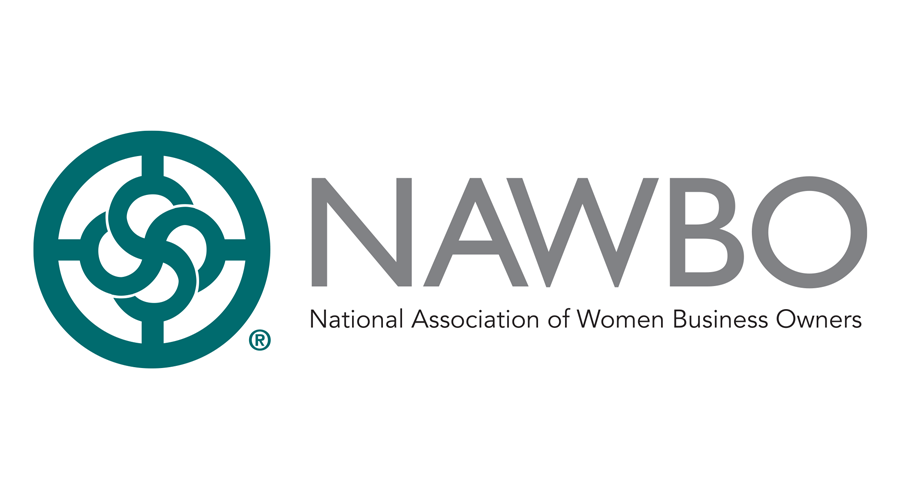The Ohio Department of Development recently launched two programs focused on redeveloping properties in the Buckeye State. The Ohio Brownfield Remediation Program will provide $350 M in brownfield redevelopment funding and the Ohio Building Demolition and Site Redevelopment Program will provide $150 M in non-brownfield redevelopment funding. Guidelines and applications are out now, and companies and communities should be focused on these important programs.
$350 M Ohio Brownfield Remediation Program Creates Redevelopment Opportunities
The Ohio Department of Development’s Brownfield Remediation Program provides a substantial source of funding for redevelopment projects. Recent guidelines on the program were released that provide insight for those preparing to apply for funding.
The Ohio Brownfield Remediation Program was created to award grants for the remediation of brownfield sites throughout Ohio, to assist in the remediation of hazardous substances or petroleum at an industrial, commercial, or institutional property. Remediation includes the acquisition of a brownfield, demolition performed at a brownfield, and the installation or upgrade of the minimum amount of infrastructure that is necessary to make a brownfield operational for economic development activity. $350 M in funds are available and were provided to the Ohio Department of Development for this program with $1 M set aside for each of the 88 Ohio counties. If the county funds are not obligated by June 30, 2022, funds will become available to all eligible projects. Remaining funds will be available on a first-come, first-served basis.
Eligible applicants are a county, township, municipal corporation, port authority, or conservancy district or a park district, county land reutilization corporation, non-profit or for-profit organization who has an agreement with a local government to work in conjunction on a Brownfield project. Entities that caused or contributed to the contamination at the property are not an eligible partner or applicant. Eligible properties must be a brownfield which is defined as an abandoned, idled, or under-used industrial, commercial, or institutional property where expansion or redevelopment is complicated by known or potential releases of hazardous substances or petroleum. Awards may be made for environmental assessments up to $300,000. Funding can be provided for remediation and administrative costs but not for application preparation and legal counsel related to the application or project implementation, costs incurred prior to the grant agreement beginning date, costs related to site clearance (i.e. clearing, grubbing, removing solid waste) are all not eligible.
For projects awarded through the dedicated county portion ($1 million set-aside), match is not required but for projects awarded outside of the county’s dedicated portion a 25% match is required. Acceptable sources of match funds may include local government, state government, the federal government and by for-profit or nonprofit entities, future in-kind costs can be considered as an eligible expense for the match, funds that were utilized previously, within the last two years may also be used for the match.
Applicants are permitted to submit one application per property. Ohio Department of Development will provide funding in three rounds. Round one will be open upon the release of these guidelines, and the application will be available to submit until January 31, 2022. Development will prioritize the $1 million dedicated portion to first fund eligible projects that do not have a match available for the project. If after the first round, the first $1 million in awards have not been obligated, the development will review what counties have not utilized their full $1 million allocation of dedicated funds and inform the respective Board of County Commissioners of the availability of funds prior to the second round. Round two will open on March 1, 2022, for those counties that still have funds from their dedicated set-aside available. Round two will conclude on April 30, 2022. Round three will open on July 1, 2022, to utilize the remaining portion of the state funding if available and will include portions of the county set-asides that were not expended in rounds one and two. Round three will remain open until September 30, 2022, or until funds have been depleted. Awarded funds outside of the dedicated county portion will be reviewed and awarded on a “first-come-first-served” basis.
$150 M Ohio Building Demo & Site Revitalization Program Supports Redevelopment
The Ohio Building Demolition and Site Revitalization Program provide $150 M with $500,000 set-aside per county grants for a wide range of revitalization projects.
A “Lead Entity” must be established for each county by December 20, 2021, who will be awarded the county’s $500,000 in funding all be only one Lead Entity per county. Where a county land reutilization corporation has been established, it shall be the Lead Entity for that county. Eligible properties for this program include commercial and residential buildings on sites that are not brownfields are eligible properties. Commercial properties include buildings that were used for retail, office, manufacturing, industrial, industrial warehousing, institutional, or other non-residential or mixed-use (meaning any mix of these uses or a mix of residential and commercial uses) purposes. Non-vacant and blighted structures are not eligible unless they are contiguous and/or connected to vacant and blighted structures that are necessary to demolish.
Program funds may be used for site revitalization of surrounding properties on sites that are not brownfields for post demolition costs but not for other redevelopment purposes. 10% of the grant can be used for administrative and operating costs, and all work on the project must be completed by May 1, 2023. Lead Entities will have until July 15, 2023, to submit disbursement request. A final project report is required by December 31, 2023. Eligible administration costs include:
- General Management and Oversight of Program;
- Technical Support Services;
- Contractor pre-qualification;
- Spec-writing and bid preparation;
- Contract preparation;
- Evaluation and Monitoring;
- Invoice processing/payment;
- Preparation of Program Disbursement Requests;
- Report Preparation;
- Local Historic Review/Assessments; and
- State Audit(s).
Eligible pre-demo costs includes: acquisition of Real Estate (no more than 10% of the total request, not to exceed the county auditor property value); initial property inspections/assessments; property security costs, board up; grass mowing prior to demolition; interior and exterior debris removal and disposal (including illegal dumping, junk vehicles, discarded tires, etc.); environmental assessments; asbestos surveys; contract preparation and review by third-parties; architectural/engineering fees, including cost estimates, bid specifications and job progress inspections; and bid advertisements for vendors.
Eligible demo costs include:
- Removal and disposal of other hazardous materials
- Demolition of buildings including disposal, backfill, compaction
- Clearance of structures and improvements (trees, shrubs, poles, porch piers, patios, fireplaces, fences, barriers, walls, driveways, aprons, service walks, parking lots, light poles, smokestacks, signage, etc.);
- Removal of underground storage tanks and utility services including electrical transformers;
- Removal and/or filling/capping of septic systems and wells;
- Removal of additional exterior or interior dumping of debris prior to demolition;
- Vehicle towing;
- Equipment purchases or rentals, such as safety fencing, erosion control silt socks, portlets, etc.;
- Saw-cutting adjacent party walls and parging the wall to remain;
- Regulatory permit and inspection fees;
- Documented, labor, material, or equipment costs; and
- Relocation of utility structures above ground.
Eligible post-demo costs required for each project includes: site restoration (grading and seeding); and public sidewalk, curb or catch basin repair or if required by local municipality, installation. Eligible optional post-demolition costs for each project and capped at $5,000 per project includes: greening and improvements (trees, shrubs, flowers, and other landscaping); and architectural elements (fencing, signage, benches, and other hardscaping). Ineligible costs includes: marketing of project site(s); litigation expenses for legal unrelated to tax foreclosure; property taxes; property insurance premiums; payment of delinquent utility costs; post-demo property maintenance including mowing; and costs incurred prior to the grant period (with the exception of match).
Prevailing wage applies to these projects receiving grants. Total project awards are determined at the discretion of the Ohio Department of Development and matching funds are required for non-county awards equaling at least 25%. Sources of match may include federal, state, and local funds, and future in-kind contributions. Beginning December 6, 2021, Development will begin accepting Lead Entity designation letters and grant user access forms for counties where a land reutilization corporation is not established. Lead entities must submit all applications by close of business February 28, 2022.
To learn how these programs may possibly benefit you, reach out to an advisor at Ashmore Consulting.
The information contained herein is general in nature and is not intended, and should not be construed, as legal, accounting or tax advice or opinion provided by Ashmore Consulting LLC to the reader. The reader also is cautioned that this material may not be applicable to, or suitable for, the reader’s specific circumstances or needs, and may require consideration of non-tax and other tax factors if any action is to be contemplated. The reader should contact Ashmore Consulting LLC or other tax professional prior to taking any action based upon this information. Ashmore Consulting LLC assumes no obligation to inform the reader of any changes in tax laws or other factors that could affect the information contained herein.

 Ashmore Consulting is proud to join Pledge 1%, a global movement creating new normal where companies of all sizes integrate giving back into their culture and values. Pledge 1% empowers companies to donate 1% of product, 1% of equity, 1% of profit or 1% of employee time to causes of their choice. Over 1,500 companies in 40 countries have taken the Pledge and committed to give to communities around the world. Ashmore Consulting is excited to join Pledge 1%’s network of founders, entrepreneurs and companies around the globe that have committed to giving back.
Ashmore Consulting is proud to join Pledge 1%, a global movement creating new normal where companies of all sizes integrate giving back into their culture and values. Pledge 1% empowers companies to donate 1% of product, 1% of equity, 1% of profit or 1% of employee time to causes of their choice. Over 1,500 companies in 40 countries have taken the Pledge and committed to give to communities around the world. Ashmore Consulting is excited to join Pledge 1%’s network of founders, entrepreneurs and companies around the globe that have committed to giving back.


